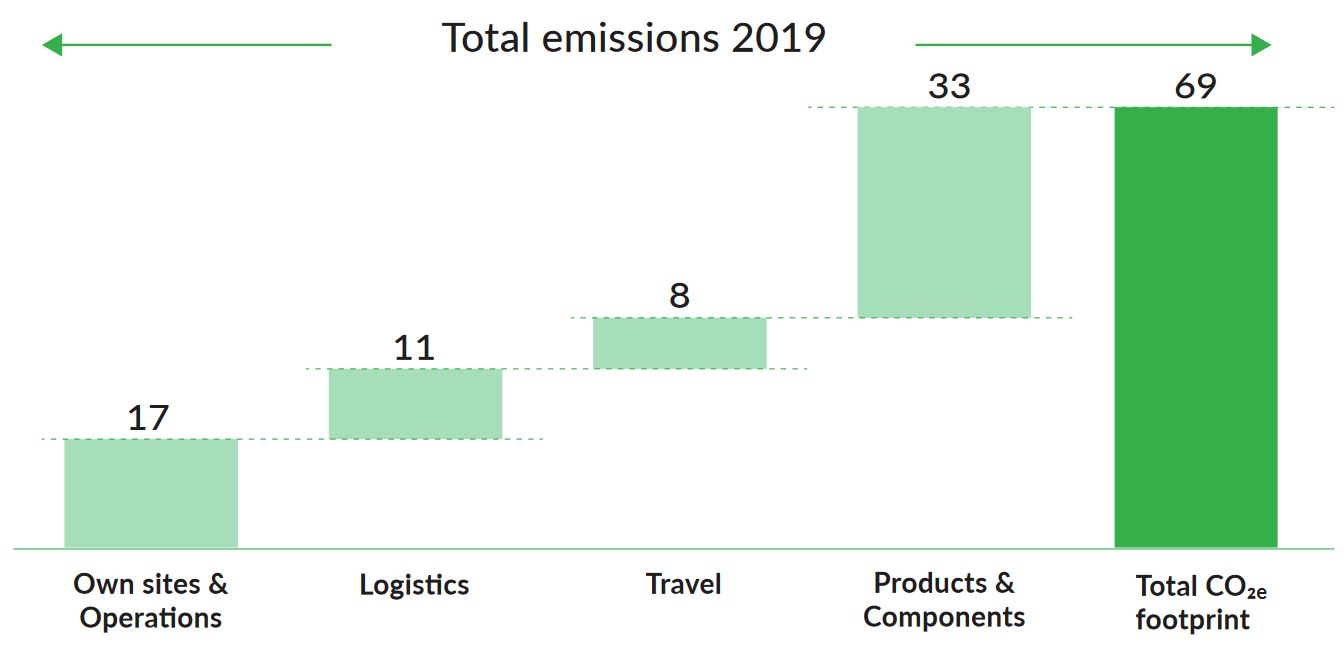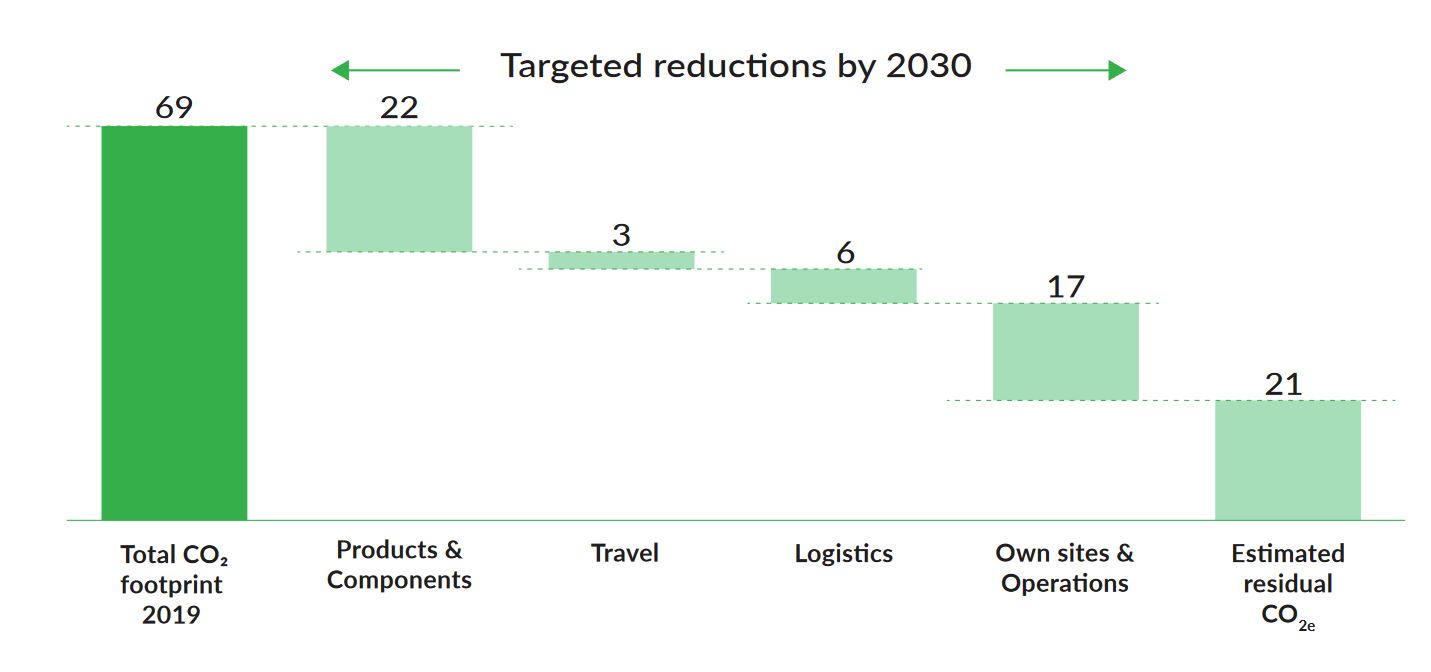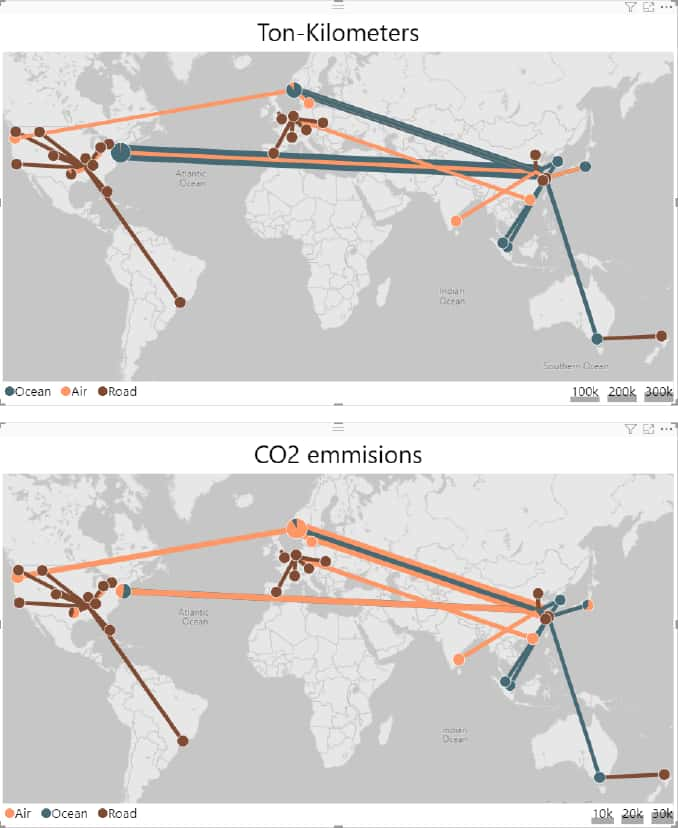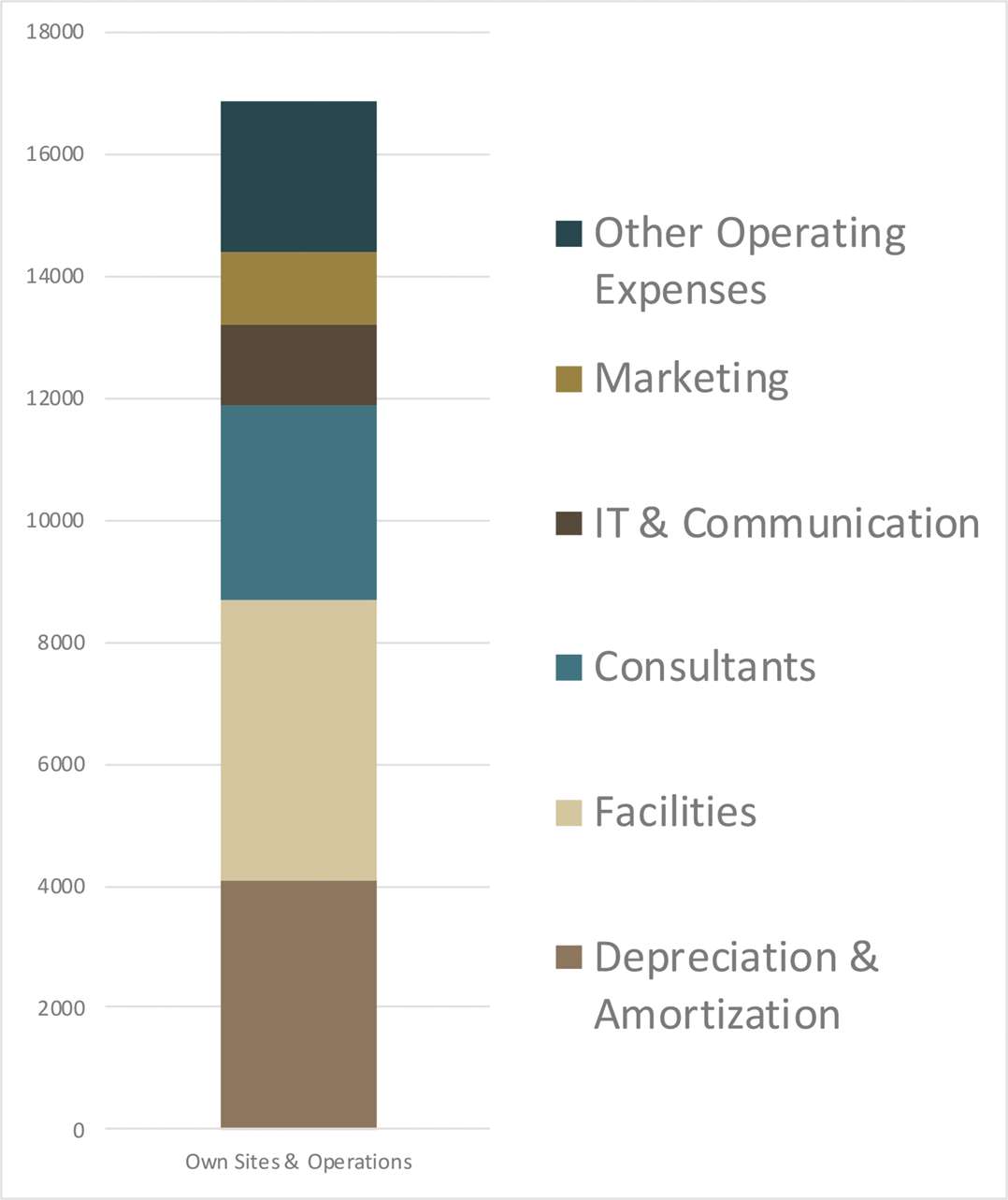
Selection and partnering with our suppliers
“When selecting suppliers, we are looking for part-ners who live up to international standards and who can align their ambitions on sustainability with ours. We realize that the 2030 goals can only be achieved in partnership and collaboration with our suppliers. The sustainability ambitions and geographical loca-tions are dimensions when identifying and selecting suppliers that will become even more important than before.
BB Electronics in Suzhou in China is one of several suppliers who share our values and ambitions. They are working on many sustainability-related initiatives in parallel, including changing from single use to reusable boxes when sending us “Work in Progress” components locally. They have also installed insulating curtains around machines to reduce power usage.”
-Sjur Gausel
Director of Strategic Sourcing






 Helping save lives
Helping save lives A vision with action
A vision with action  Measure to improve
Measure to improve Circular solutions
Circular solutions Social responsibility
Social responsibility